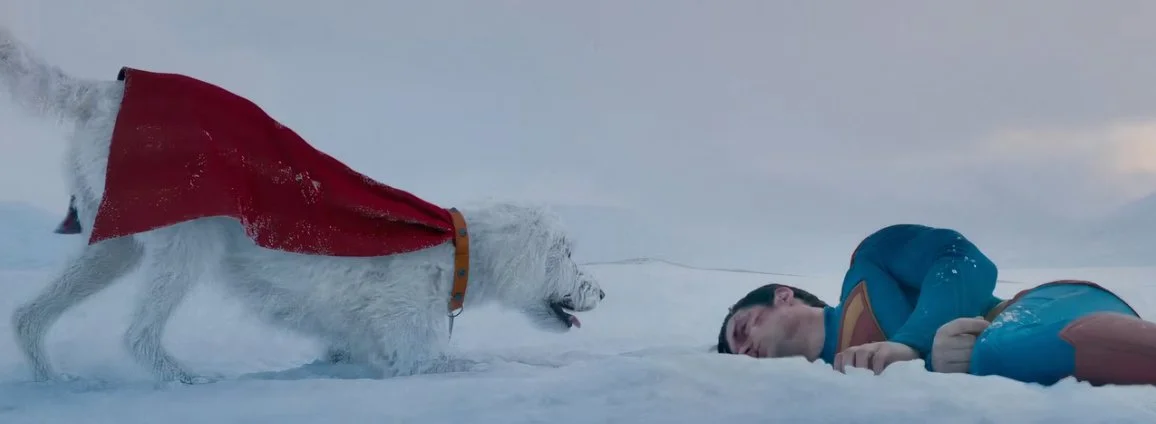Remember when Denis Villeneuve caused a bit of ruckus when he told The Times of London that, if it were up to him, he actually wished his films were driven by imagery alone: “Frankly, I hate dialogue,” he told the British outlet.
That was an interesting way of seeing things, especially since moviegoers have continuously been quoting memorable lines from movies for over 100 years now. Villeneuve had to eventually backtrack and renege his comments (“of course I don’t hate dialogue.”)
Here’s another filmmaker who isn’t a fan of lines being uttered on the big screen. George Miller. The “Furiosa” filmmaker tells The Telegraph that Anya Taylor-Joy only has 30 lines of dialogue in “Furiosa” because he finds talking to be a momentum killer:
The problem with dialogue is that it tends to slow things down. Film is a medium often best enjoyed at high speed.
Instead, Miller reminisces about being a fan of the “pure cinema” of Buster Keaton, Charlie Chaplin and the other silent comedy greats which, he says, “Hitchcock defined as movies where they don’t have to read the subtitles when they’re screened in Japan”.
If you’ve seen “Fury Road” then you would understand why Miller would have these sentiments. It’s the kind of film that, even if you put the sound on mute, could still be an immensely enjoyable and visceral experience. It plays like a staggeringly realized silent film. The visuals carry the story.
There’s this school of thought, and, some film professors abide by this one, that before talkies came into the fray, in the late ‘20s, complex stories were being told purely via visual language and that there really was no need for sound to enter the cinematic language.
I get it. Filmmaking is a visual medium that can drive it all home, purely on images and editing alone. It’s all about the montage, as Eisenstein enthusiasts might say. However, dialogue is still an important part of cinema and should be seen as an extra tool in a director’s arsenal.
I tend to prefer films that are highly audiovisual over dialogue-driven ones, which tend to be less cinematic and more stagey. Cinema was born on images. It’s firmly planted in its DNA. For the first 30 years of its existence, there was no dialogue in movies, it was all powered by the visuals. Of course, silent films no longer get released — there isn’t a large enough audience for them anymore. But movies are still imagery first, and words second.
You know who else had similar thoughts to Villeneuve and Miller? Stanley Kubrick. Of course, he was much more eloquent, and precise, in the way he described his love for imagery:
When you think of the greatest moments of film, I think you are almost always involved with images rather than scenes, and certainly never dialogue. The thing a film does best is to use pictures with music and I think these are the moments you remember.
("Sight & Sound,” Spring 1972)
Nothing surpasses the power and impact of images coupled with music. Kubrick was a master at doing that. There’s an innumerable amount of examples to cite in his filmography.





